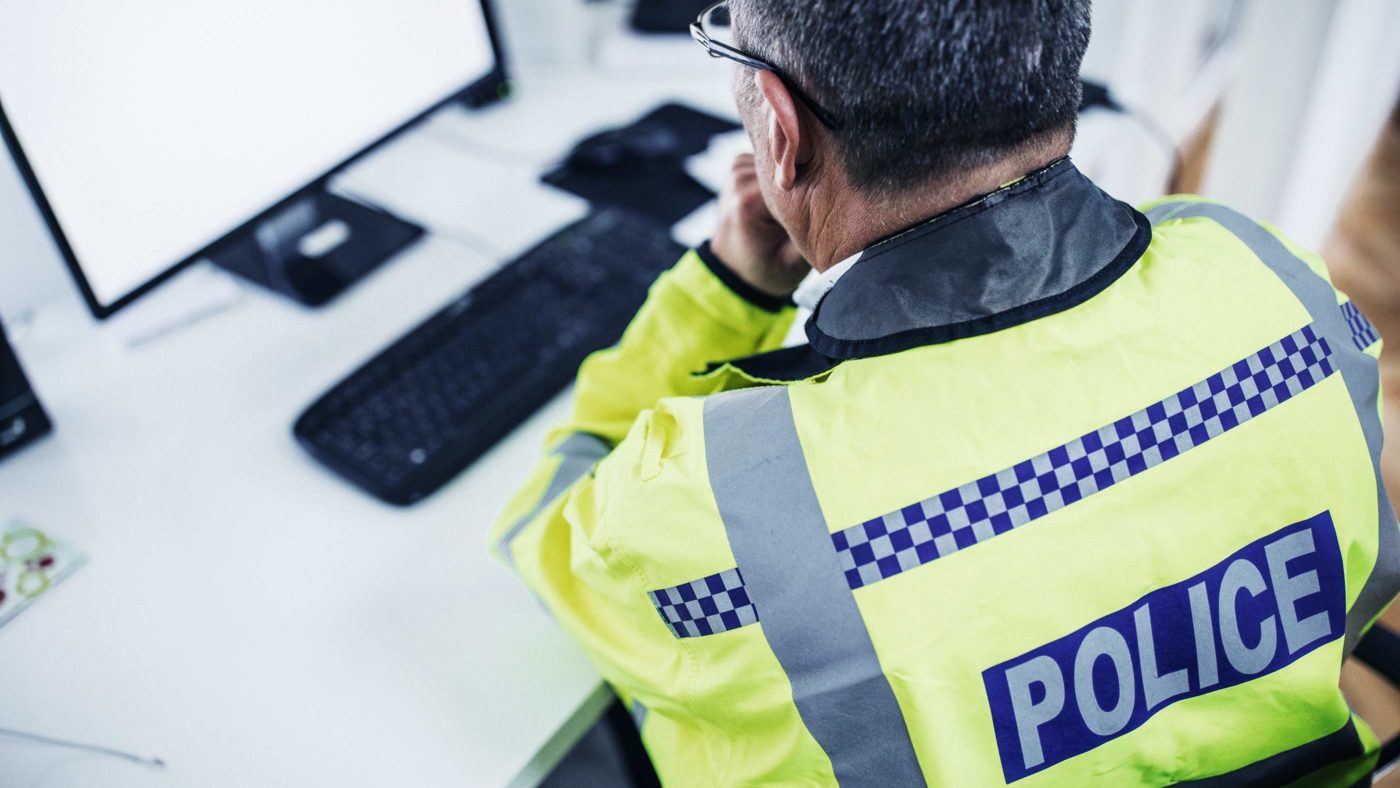The Online Safety Bill passed its second reading this week. If it becomes law, it will give Ofcom significant new powers to interfere in free speech on the internet.
But perhaps we’ve nothing to worry about. On current evidence, British law enforcement is struggling to adapt to the digital age as it is. As new analysis from the TaxPayers’ Alliance outlines, police forces still have a mountain to climb in getting up to speed with modern technology. It’s less a case of Big Brother, more confused dad.
Virtually everyone knows the future is digital. But only now are police chiefs waking up to that. In 2012, the country’s largest police force, the Metropolitan Police, had a 40-year collection of over 750 different IT systems. A London Assembly report even found that officers frequently took around half an hour just to log into a computer.
Since then, things haven’t changed much. In 2020, a report by Her Majesty’s Chief Inspector of Constabulary (HMCIC) noted that ICT arrangements were often ‘unnecessarily expensive and don’t work together well enough’.
And attempts by police forces and central government to bring policing into the digital age have met with mixed success. Despite the creation of new technology-focused policing bodies, the same report concluded that there were still too many examples of police forces procuring systems separately.
This means modernisation efforts are hampered by a lack of consistent requirements and standards across police forces. From different forms of equipment, like body-worn video cameras, to other technologies, such as intelligence databases and communications systems, forces aren’t able to collaborate. Crucially, lessons learnt are not always shared, and the benefits from economies of scale are lost.
Taxpayers want to see modern and competent policing, up on the latest technologies and using them to offer better value for money. But our analysis found many forces falling short.
Take the outdated approach to procurement. As former No 10 advisor on home affairs, Blair Gibbs, told us:
‘We’ve got a burgeoning public safety tech sector; can any of these small companies with really innovative technology break into the policing market? They all say the same thing, it is very hard. There are a lot of established outsourcers and third-party vendors who have had long-established relationships with police forces and chief constables and it is much harder for new start-ups to break in.’
Clearly, some forces are behind the curve. To analyse which ones are embracing new technologies, the TaxPayers’ Alliance has created an automation league table for the 43 English and Welsh police forces. We asked each of them which technologies they made use of, and ranked them by the level of take up.
At the top of the table is South Wales, with all but two of the technologies – case assessment tools and robotic process automation. Despite lagging in its cloud adoption and failing to provide a fully-online firearms licensing system, West Yorkshire could take the greatest strides over the next few years as it develops several key technologies.
At the very bottom, Dyfed-Powys Police stands out as using very few technologies. It was one of just two forces to not implement video hearings (despite this becoming increasingly common during the pandemic) and one of three without drones.
The Metropolitan Police came in at number eight, and was one of six forces to use controversial facial recognition technology. While they aren’t completely behind the curve when it comes to embracing tech, the Commissioner will have to make modernising the Met a key priority if they want to catch up with their regional counterparts.
Forces towards the bottom of the scoreboard were generally lacking either data analytic capabilities or robotic process automation technology, despite overall take-up being at 74% and 59% respectively. But these two technologies, which carry out repetitive administrative tasks that would otherwise be a burden on employees, will be key in ramping up efficiencies. Automating tasks like processing receipts or cleaning up data gives staff more time to spend on the tasks that require a human touch. It could even mean more bobbies back on the beat.
While it’s good to see forces adopting innovative technology, the significant variance across the police forces suggests that standardisation problems may re-emerge in the future. As Blair Gibbs suggested, forces may have to fundamentally change their procurement practices to avoid repeating the same mistakes.
Our technological development isn’t going to slow down anytime soon. If forces don’t embrace that now, there will be an even slower and more painful uphill battle to get them up to date down the line. Even worse, they could implement costly new technologies only for them to be out of date by the time they are used.
This isn’t about creating a national force of Inspector Gadgets and RoboCops. The emergence of new technologies will present themselves to the police in one way or another, as they have in all walks of life. The challenge for the police is adopting them efficiently, and combating their use by criminals effectively. Overcoming these modern obstacles will not be a matter of simply increasing manpower, and putting further burdens on the taxpayer, but of developing tools that can utilise these new technologies. Ultimately, saving money and making the country safer.
So instead of fussing about new online regulations, ministers would be better off making sure police forces are embracing digital modernisation. Forces should focus on adopting and understanding new technologies first – and becoming more efficient for taxpayers in the process.
Click here to subscribe to our daily briefing – the best pieces from CapX and across the web.
CapX depends on the generosity of its readers. If you value what we do, please consider making a donation.


